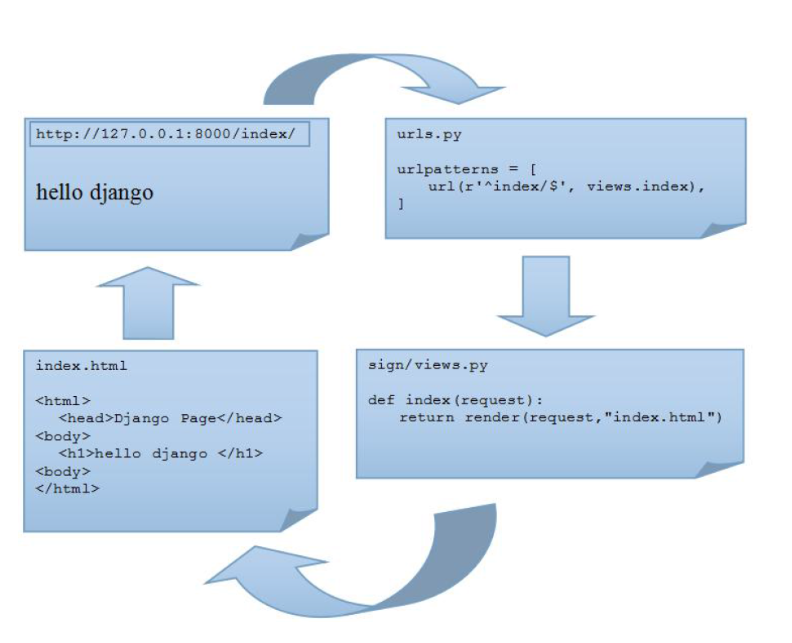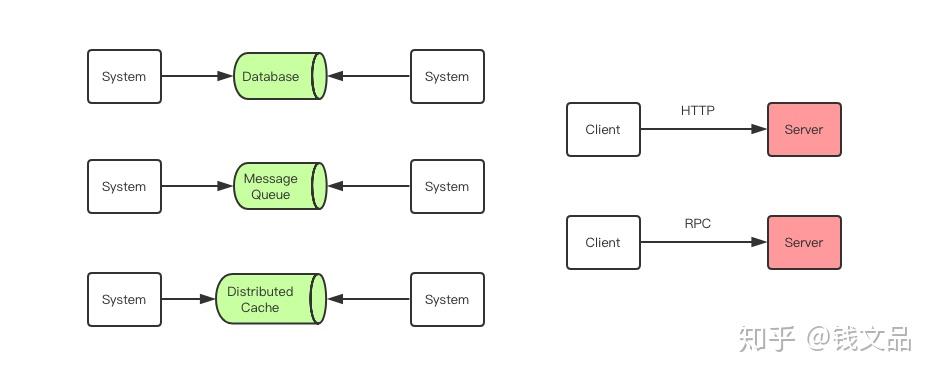I've read that CGI/FastCGI is a protocol for interfacing external applications to web servers.
so the web server (like Apache or NginX) sends environment information and the page request itself to a FastCGI process over a socket and responses are returned by FastCGI to the web server over the same connection, and the web server subsequently delivers that response to the end-user.
Now I'm confused between this and Rack, which is used by almost all Ruby web frameworks and libraries. It provides an interface for developing web applications in Ruby by wrapping HTTP requests and responses.
So, Is Rack-based web-servers like Unicorn, Thin, Passenger or Puma represents the same FastCGI approach? Can I say that Unicorn is a Ruby implementation of FastCGI ?
As you say, FastCGI is a protocol, and Rack is an API. So these are actually two quite different things, though they could be used together.
FastCGI, as a protocol, specifies how two different processes (nominally a web server and an application server or "FastCGI server") should talk to each other over a network connection. The specification defines records of data in a particular format that are sent and received by the two processes.
Exactly what the programs that send and receive these messages look like is not specified, and could be anything. On one side you might have a C program that assembles data in memory and then makes system calls to have the OS send the data, and on the other side you might have a Ruby program that opens a socket, reads in data in to Arrays, and then parses those data, and builds a new object encapsulating the request.
On the other hand, Rack, being a Ruby API specification specifies precisely what Ruby objects and methods must be made available to higher-level software implementing some sort of web application, and how those objects and methods must behave, from the point of view of the application. (Don't be confused by the use of the word "protocol" in the document linked above. Here it's used not in the sense of data formats as sent over a communications link, but in the object-oriented programming sense of the conceptual "messages" exchanged between objects to express program behaviour, though this is actually at various levels and times implemented as function calls.)
Being an API specification, the user of the Rack API ought at least behave as if it has no idea what's going on underneath the hood when it calls methods on the various objects an implementation of Rack presents. (Frequently it will have no idea.) It could be the case that the library actually has set up communication with a separate process acting as a web server, via FastCGI or some other protocol, and reads messages from the other process and sends messages back to it, based on what the application using the API implementation does. But on the other hand, you could equally (at least in theory) drop in a completely different implementation of the API that itself has Ruby code to run a web server, and the very same process that ran Ruby code for the web application would be running additional Ruby code to talk the HTTP protocol directly with a client web browser or whatever.
So no, you can't say that Unicorn (or any other implementation of the Rack API) is a "Ruby implementation of FastCGI"; it's actually wrong to ask such a question because the whole point of the Rack API specification is that you explicitly avoid thinking about the actual implementation of the services provided through that API. It could well be that some implementations are using FastCGI, but your application should work equally well with one that's not, and you really don't want to care about what's going on underneath the hood.




